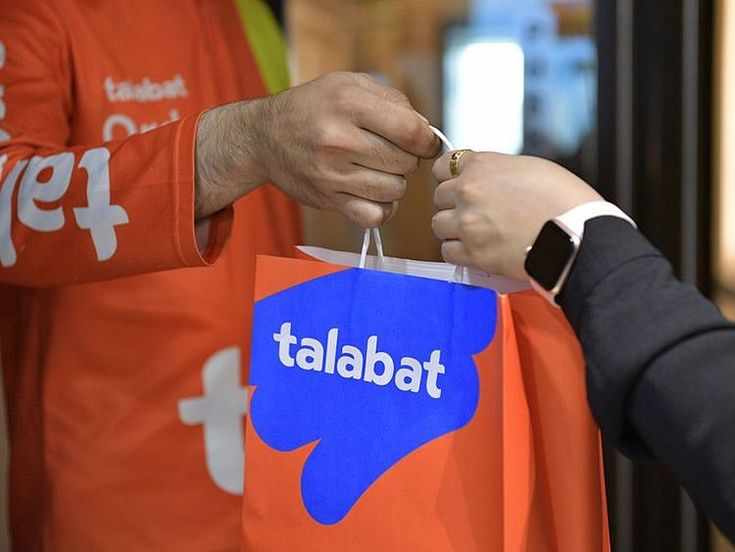
The Talabat app development cost represents a significant investment in the rapidly growing Middle East food delivery market, with development expenses ranging from $80,000 to $300,000 depending on platform complexity, feature integration, and regional customization requirements. Food delivery app development cost varies substantially based on factors including AI integration, payment gateway complexity, real-time tracking capabilities, and multi-language support for diverse Middle Eastern markets.
Modern food ordering apps with AI solutions incorporate machine learning algorithms for personalized recommendations, predictive ordering patterns, and dynamic pricing optimization. These intelligent features not only enhance user experience but also significantly influence the overall Talabat app development cost.
In regions like Dubai, Qatar, and Saudi Arabia, where food delivery app development is experiencing exponential growth, integrating such AI capabilities provides a powerful competitive advantage.
Building an AI-powered food delivery app like Talabat requires specialized expertise in:
Machine learning integration
Real-time data processing
Scalable cloud infrastructure
This advanced tech stack ensures your app can handle thousands of concurrent orders across multiple cities and countries seamlessly.
If you're planning to launch a next-gen delivery platform, understanding the Talabat app development cost is critical to budgeting and scaling your product effectively.
Understanding Food Delivery App Development Costs
Core Development Investment Breakdown
Food delivery app development cost encompasses multiple components including user interface design, backend infrastructure, payment integration, and ongoing maintenance requirements. Basic applications typically start around $50,000, while comprehensive platforms with advanced features can exceed $250,000 for full-featured solutions.
The iOS food delivery app development cost generally ranges from $60,000 to $180,000, factoring in Apple's strict quality guidelines, App Store compliance requirements, and iOS-specific optimization needs. These applications must integrate seamlessly with Apple Pay, support various iPhone screen sizes, and maintain consistent performance across different iOS versions.
Android food delivery app development cost typically falls between $55,000 and $165,000, considering Android's diverse device ecosystem, multiple screen resolutions, and varied hardware specifications. Android development often requires additional testing across numerous device manufacturers and operating system versions.
Regional Market Considerations
Middle East food delivery app pricing reflects unique regional requirements including Arabic language support, local payment methods, cultural preferences, and regulatory compliance standards. Applications targeting these markets require specialized localization efforts that can add 15-25% to base development costs.
Food delivery app development in Dubai specifically requires compliance with UAE's digital commerce regulations, integration with local payment systems like Emirates NBD and ADCB, and support for both Arabic and English interfaces. Dubai's competitive market also demands premium user experiences and advanced features to differentiate from established competitors.

Platform-Specific Development Costs
iOS Development Investment
iOS food delivery app development cost includes specialized requirements for App Store approval, iOS-specific user interface guidelines, and Apple's payment processing standards. Development teams must ensure compatibility with various iPhone models, iPad versions, and Apple Watch integration possibilities.
iOS applications benefit from higher user engagement rates and increased average order values, making the additional investment worthwhile for businesses targeting premium market segments. The platform's consistent hardware ecosystem simplifies testing and quality assurance processes.
Android Development Considerations
Android food delivery app development cost accounts for the platform's fragmented ecosystem, requiring extensive testing across multiple device manufacturers, screen sizes, and Android versions. However, Android's larger market share in Middle Eastern countries often justifies this additional complexity.
Android development offers greater customization flexibility and easier integration with third-party services, potentially reducing long-term maintenance costs and enabling more innovative feature implementations.
Regional Market Analysis
Saudi Arabian Market Dynamics
Mrsool app development in Saudi Arabia, Jeddah represents a growing opportunity in the Kingdom's expanding digital economy. Saudi Arabia's young population and increasing smartphone penetration create favorable conditions for food delivery applications, with development costs influenced by local payment preferences and cultural considerations.
Jeddah's diverse population requires multi-language support, integration with local banks like Al Rajhi and NCB, and compliance with Saudi Arabia's consumer protection regulations. These requirements can add $15,000 to $40,000 to base development costs.
Qatar Market Opportunities
Deliveroo clone app development cost in Qatar varies based on the level of customization required to compete with established international brands. Qatar's affluent population and high smartphone adoption rates support premium pricing strategies, justifying investments in advanced features and superior user experiences.
Qatar-specific development considerations include integration with QNB and other local banks, support for multiple currencies, and compliance with Qatar's e-commerce regulations introduced as part of Qatar National Vision 2030.
Essential Features and Functionality
How Do Food Delivery Apps Make Money?
Food delivery applications generate revenue through multiple streams including delivery fees, restaurant commissions, subscription services, and advertising revenue. Hire food delivery app developers with experience in implementing diverse monetization strategies to maximize return on investment.
Commission structures typically range from 15-30% per order, while delivery fees provide additional revenue streams. Premium subscription services offer unlimited deliveries and exclusive discounts, creating recurring revenue opportunities that improve long-term profitability.
Can You Order Online for Pickup?
Modern food delivery platforms incorporate pickup options to reduce operational costs and provide customer flexibility. This feature requires location-based services, estimated preparation time calculations, and integration with restaurant point-of-sale systems.
Pickup functionality reduces delivery logistics costs while maintaining revenue from order processing and restaurant partnerships. Implementation adds approximately $8,000 to $15,000 to development costs but improves overall platform utility.
Are There Subscription Services for Food Delivery Apps?
Subscription models provide predictable revenue streams while increasing customer loyalty and order frequency. These services typically offer unlimited deliveries, exclusive discounts, and priority customer support for monthly or annual fees.
Subscription functionality requires sophisticated billing systems, customer management portals, and analytics dashboards to track subscription performance and customer lifetime value metrics.
Advanced AI Integration
How Can AI Improve Food Delivery Apps?
Food ordering app with AI capabilities transform user experiences through personalized recommendations, predictive ordering, and dynamic pricing optimization. Machine learning algorithms analyze user behavior patterns, ordering history, and preferences to suggest relevant restaurants and menu items.
AI-powered features include intelligent search functionality, automated customer service chatbots, and predictive demand forecasting that helps restaurants optimize inventory and reduce food waste.
Build AI food delivery apps requires specialized machine learning expertise, adding $25,000 to $75,000 to development costs depending on AI feature complexity and implementation sophistication.

Technical Infrastructure Requirements
What Is the Best Tech Stack for Food Delivery Apps?
Modern food delivery applications utilize cloud-native architectures with microservices design patterns, real-time databases, and scalable computing resources. Popular technology stacks include React Native or Flutter for cross-platform development, Node.js or Python for backend services, and cloud platforms like AWS or Google Cloud.
Database solutions typically combine SQL databases for transactional data with NoSQL systems for user preferences and real-time tracking information. This hybrid approach ensures optimal performance while maintaining data consistency across all application components.
Safety and Quality Assurance
Do Food Delivery Apps Support Group Orders?
Group ordering functionality enables multiple users to add items to shared orders, streamlining office catering and social dining experiences. This feature requires sophisticated order management systems, payment splitting capabilities, and real-time collaboration interfaces.
Implementation costs for group ordering range from $12,000 to $25,000, depending on payment splitting complexity and user interface sophistication requirements.
How Do Food Delivery Apps Ensure Food Safety?
Food safety compliance requires integration with restaurant hygiene ratings, temperature monitoring systems, and delivery tracking protocols. Applications must maintain audit trails, provide customer feedback mechanisms, and support quality assurance reporting.
Safety features include photo verification of delivered orders, temperature-controlled delivery tracking, and integration with local health department databases for restaurant compliance monitoring.
Development Timeline and Investment Planning
Project Phases and Milestones
Food delivery app development typically spans 6-12 months, with initial MVP versions available within 4-6 months for market testing. Development phases include market research, user experience design, backend development, mobile application coding, testing, and deployment.
Hire food delivery app developers with proven Middle Eastern market experience to ensure cultural sensitivity, regulatory compliance, and optimal user experience design for regional preferences and expectations.
Quality Assurance and Testing
Comprehensive testing across multiple devices, operating systems, and network conditions ensures reliable performance under various usage scenarios. Quality assurance processes include functional testing, performance optimization, security auditing, and user acceptance testing.
Conclusion: Strategic Investment in Food Delivery Success
The cost to build an app like Talabat represents a strategic investment in the growing Middle Eastern digital economy, with potential returns justifying initial development expenses through multiple revenue streams and market expansion opportunities.
Successful food delivery app development cost planning requires careful consideration of regional requirements, feature complexity, and long-term scalability needs. Organizations investing in comprehensive solutions position themselves for sustainable growth in competitive markets.
Ready to Build Your Food Delivery Empire?
Transform your vision into a successful food delivery platform with our expert development team specializing in Middle Eastern market solutions. Our experienced developers understand regional requirements, cultural preferences, and technical complexities. Hire food app developers who deliver scalable, AI-integrated, and user-friendly applications tailored for the evolving demands of the MENA region.

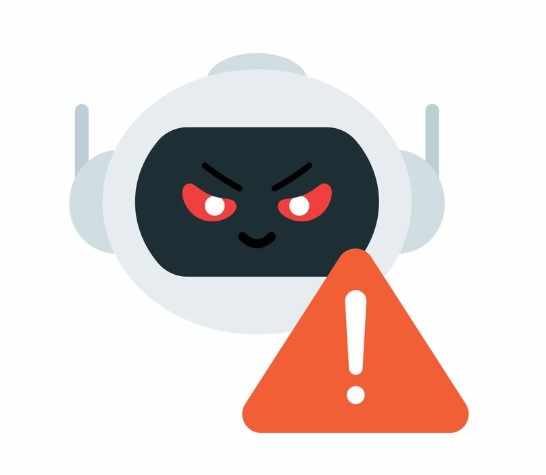



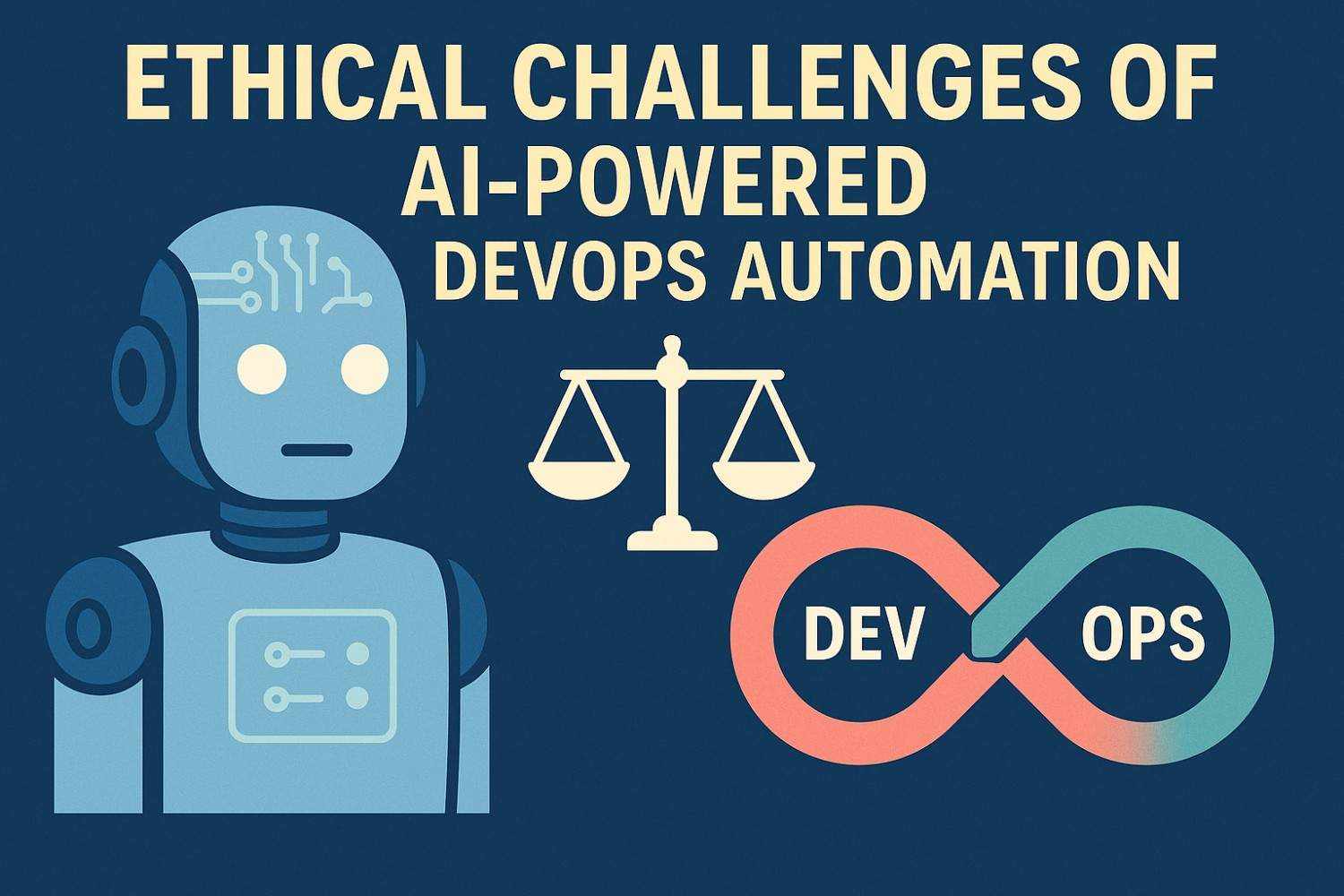
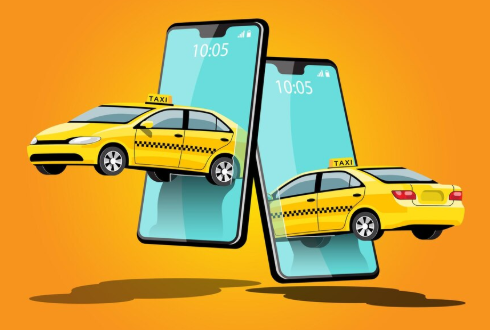
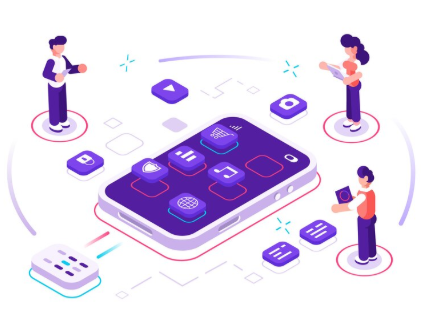
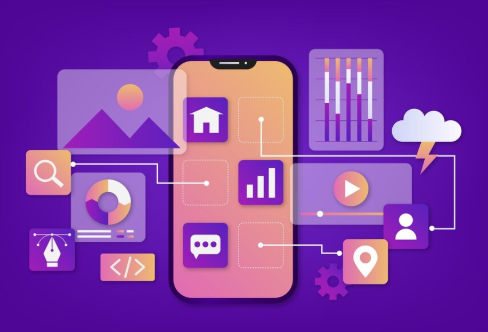
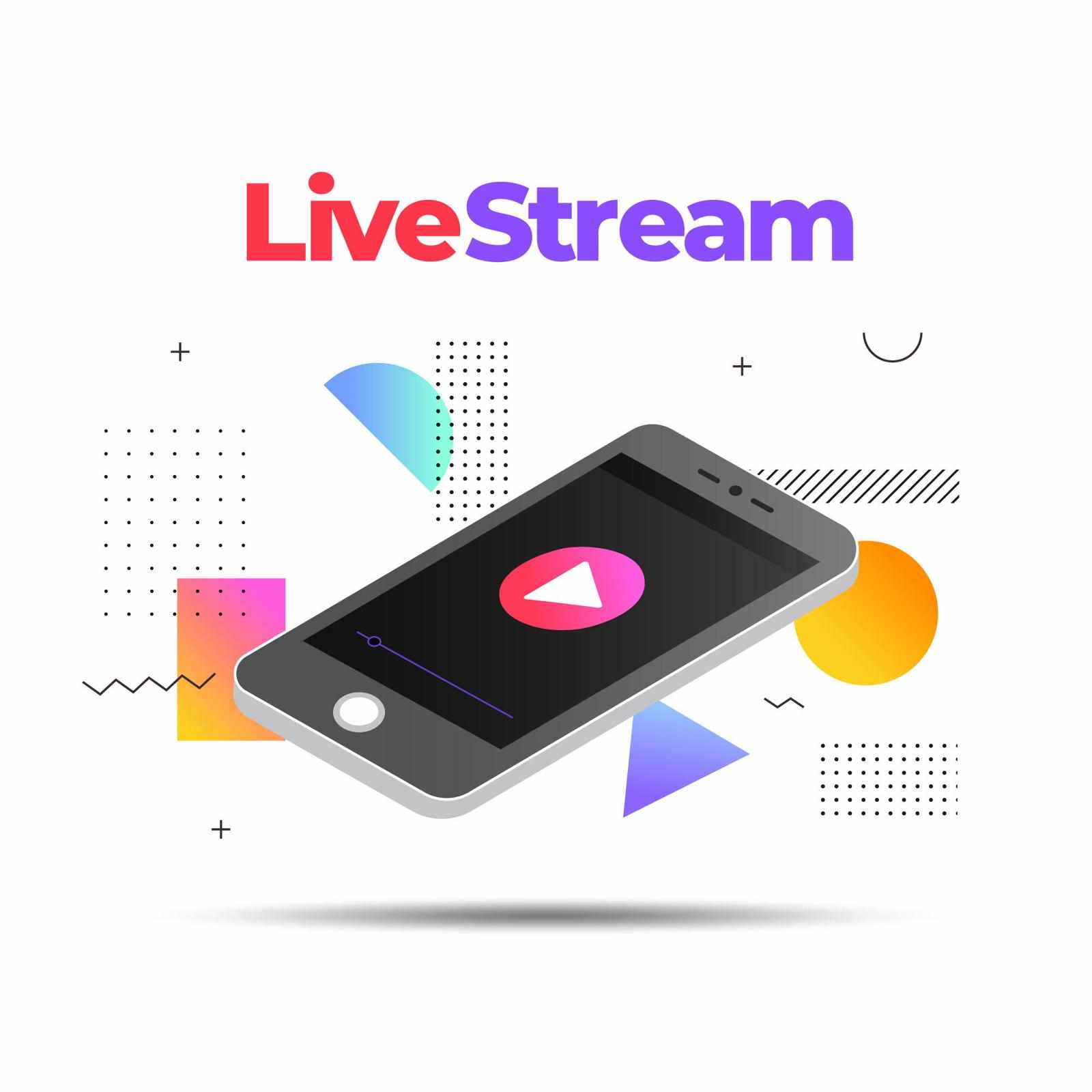
Write a comment ...